By the Numbers: Athletic Testing Results For Seahawks' 2022 Draft Class
The Seahawks picked nine players in the 2022 NFL Draft. Like a crisp apple juice, this was a sharp and refreshing experience when compared to their 2021 haul of just three selections. This is part one of a two-part miniseries looking at the numbers behind this year’s class.
Whether it was day one, day two or day three of this year's draft, the Seahawks were able to add prospects who fit their testing prototypes. Seattle’s achievement reflects the depth that was present throughout this 2022 class. While character and tape are more important factors—in that order—athleticism is a key ingredient to successful football players.
Of course, the humans behind the numbers are far more than their athletic gifts. However, the Seahawks taking certain testing prototypes gives us strong insight into what they envision for each pick and for their overarching scheme. The rare occasion general manager John Schneider and company chose not to draft an eye-catching athlete also proves enlightening.
Round 1, Pick No. 9: Charles Cross, T, Mississippi State
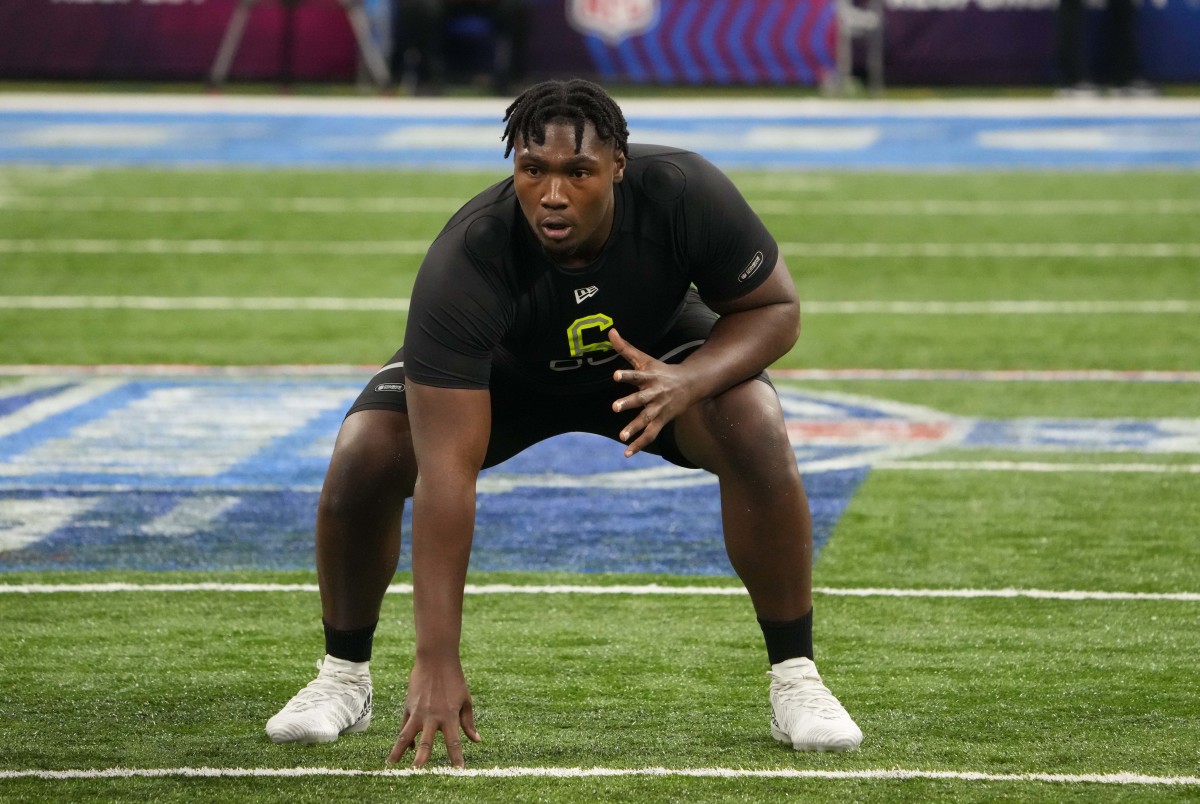
- 6-foot-43/8
- 307 pounds
- 341/2-inch arms
- 4.95s 40-yard dash (94th percentile)
- 1.73s 10-yard split (83rd percentile)
- 26-inch vertical jump (28th percentile)
- 112-inch broad jump (91st percentile)
- 7.88s 3-cone (40th percentile)
- 4.61s short shuttle (75th percentile)
Cross met all of what the Seahawks look for in a tackle other than his borderline 3-cone time. It’s interesting that it was as high as the 40th percentile compared to other offensive linemen. However, for a left tackle—and a Seattle one at that—it was still slower than the team would have liked, especially for a No. 9 overall selection. Previously, the slowest 3-cone by an offensive lineman drafted under Shane Waldron and Andy Dickerson belonged to Rams 2019 fifth-round pick David Edwards, who posted a mark of 7.69 seconds.
Two factors will have alleviated Cross' 3-cone consternation. Firstly, the Mississippi State man opted to do most of the drills at the NFL combine and, therefore, he may well have been tired by the time he ran his 3-cone. More importantly, Cross’ tape showed superb short area movement skills, the agility kinda deal the 3-cone is supposed to measure. There is reactive athleticism, footwork, body control, weight distribution—you name it! As my Seattle Overload co-host Griffin Strugeon described, Cross “could guard a Kyrie Irving crossover.”
Round 2, Pick No. 40: Boye Mafe, EDGE, Minnesota
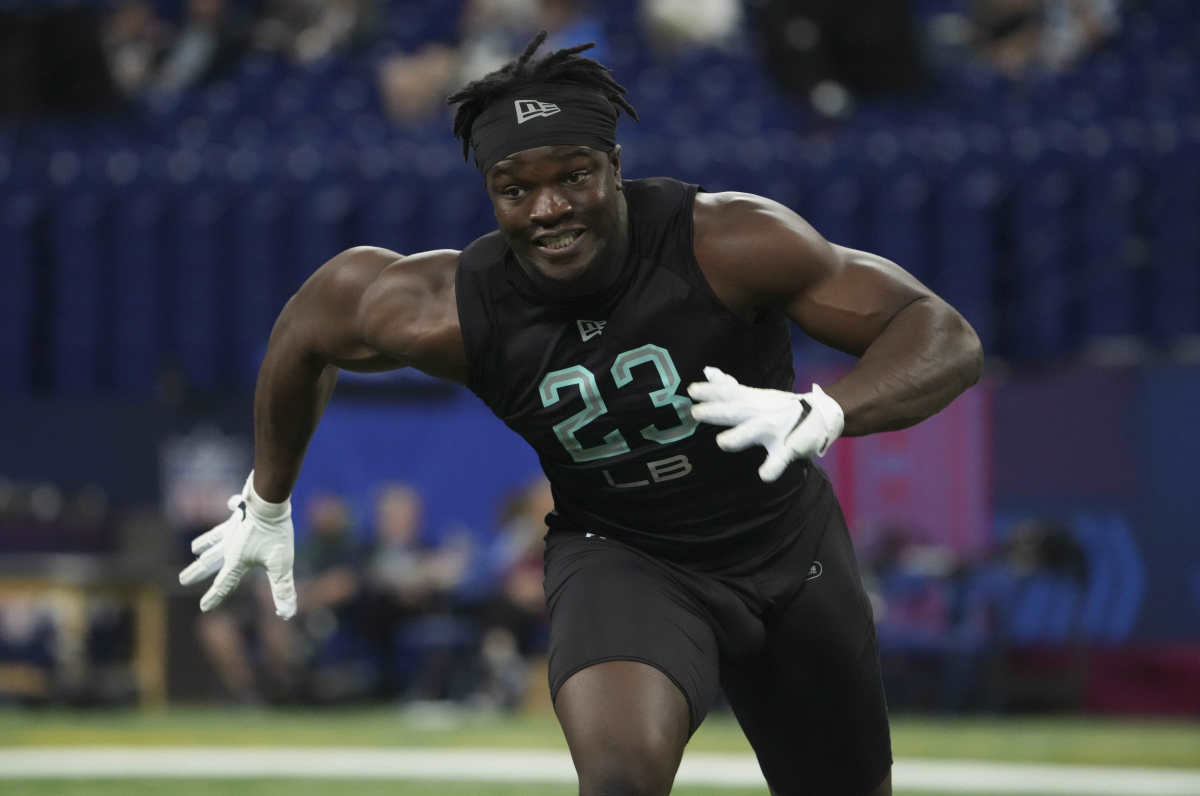
- 6-foot-33/4
- 261 pounds
- 325/8-inch arms (333/8 at Senior Bowl, 331/8 at pro day)
- 4.53s 40-yard dash (97th percentile)
- 1.59s 10-yard split (87th percentile)
- 38-inch vertical jump (90th percentile)
- 125-inch broad jump (91st percentile)
- 4.46s short shuttle (PD)
- 7.24s 3-cone (PD)
- 21 bench press reps (PD)
Mafe’s testing makes him the prototype Seahawks EDGE when you include his pro day or Senior Bowl arm measurements over the combine. I previously excluded him from my look at the position for Seattle for that reason. Oops. The aforementioned miniseries highlighted EDGEs with measurements of 240 to 260 pounds, 6-foot-2 or taller, 33-inch arms or longer and 4.6-second 40-yard dash speed or faster.
Because of his testing, Mafe was taken with pick No. 40 after the Falcons sniped the more complete Arnold Ebiketie at No. 37. Mafe’s production on a basic and advanced level is not that of a second-round pick. But his improvement down the stretch of the 2021 college football season and into the Senior Bowl gives encouragement that Mafe’s best football will come in the pros.
Round 2, Pick No. 41: Kenneth Walker III, RB, Michigan State
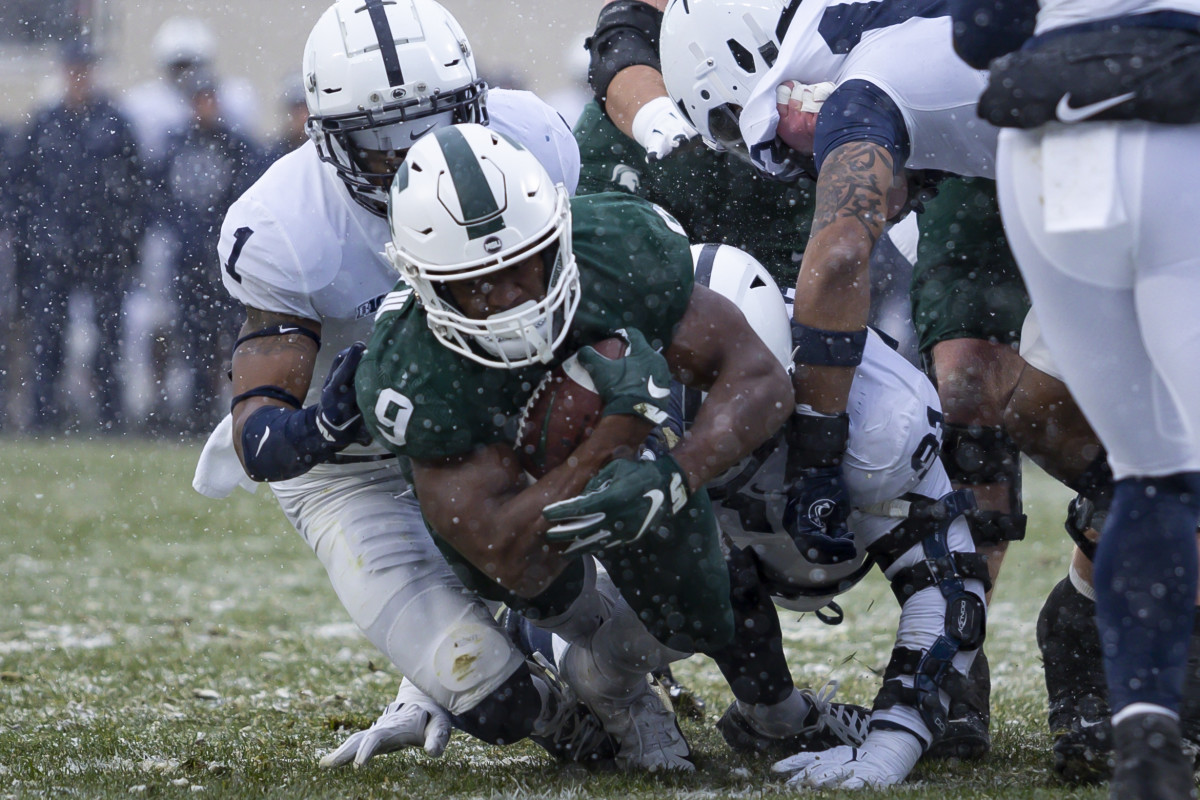
- 5-foot-9
- 211-pounds
- 4.38s 40-yard dash (95th percentile)
- 1.49s 10-yard split (95th percentile)
- 34-inch vertical jump (45th percentile)
- 122-inch broad jump (75th percentile)
The one shocking Seahawks pick of the draft was Walker at No. 41. The value of running backs has been discussed to the point of exhaustion. For evaluators in the league, it seems what largely elevates a back into being a day one or day two pick is their ability to be a home run threat.
Walker's testing confirmed his on-tape burst and breakaway ability. It is interesting how Rashaad Penny similarly posted a less-than impressive vertical jump compared to his broad jump. The one-two punch of their size difference—along with their stylistic difference on tape—is going to be a fascinating dynamic in the Seahawks' backfield.
Penny:
- 5-foot-11
- 220 pounds
- 4.46s 40-yard-dash (83rd percentile)
- 1.58s 10-yard split (60th percentile)
- 32½-inch vertical jump (26th percentile)
- 120-inch broad jump (61st percentile)
- 13 bench press reps (6th percentile)
Round 3, Pick No. 72: Abraham Lucas, T, Washington State
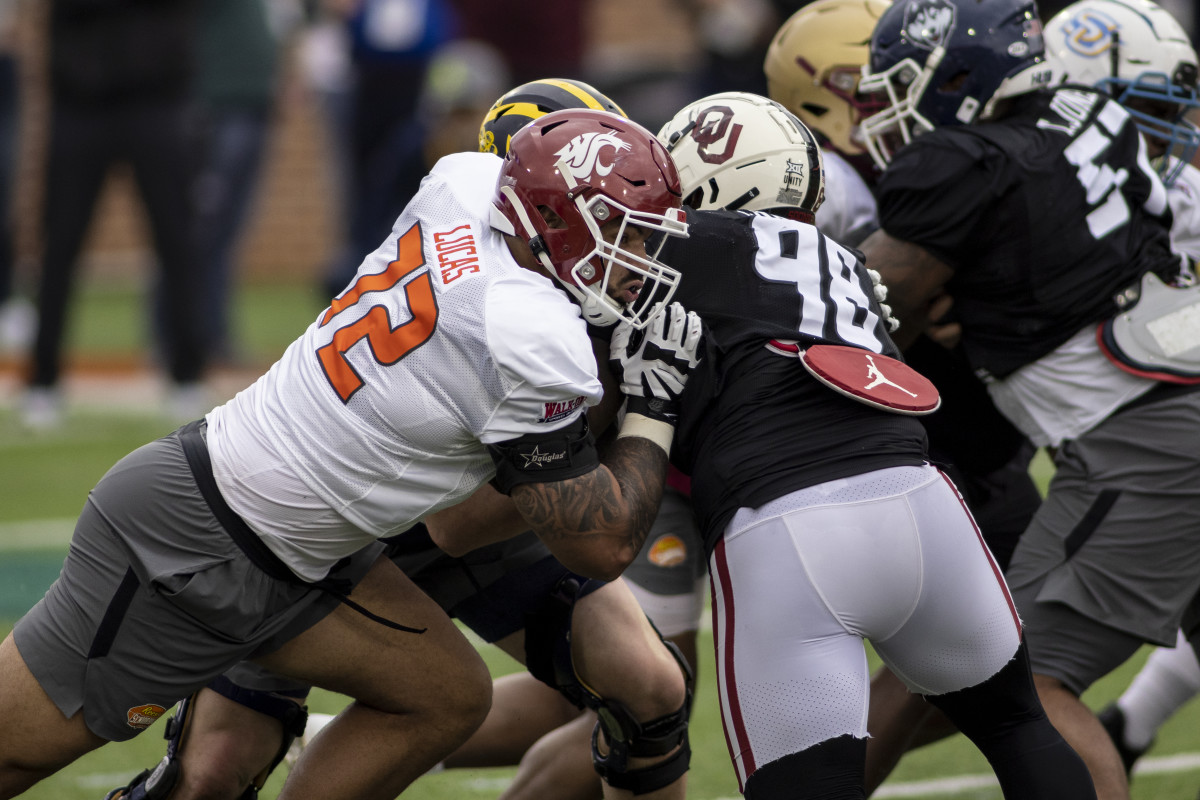
- 6-foot-63/8
- 315 pounds
- 337/8-inch arms (345/8 at Senior Bowl)
- 4.92s 40-yard dash (97th percentile)
- 1.76s 10-yard split (64th percentile)
- 27-inch vertical jump (39th percentile)
- 107-inch broad jump (75th percentile)
- 7.25s 3-cone (98th percentile)
- 4.4s short shuttle (97th percentile)
- 24 bench press reps (44th percentile)
Pete Carroll and offensive line coach Andy Dickerson were seen taking great interest in a tablet before Lucas ran his 40-yard dash in Indianapolis. For good reason: Lucas dominated the combine, matching every Seahawks precedent—apart from arms being 1/8-inch shorter than 34, although they were easily long enough in Mobile.
#Seahawks head coach Pete Carroll scanning through a tablet with offensive line coach Andy Dickerson before the run of Washington State tackle Abraham Lucas. At over 6-foot-6, Lucas fits the tall tackle mold. 34-inch arms too pic.twitter.com/TBxpzAlLpT
— Under Zone X (Frisco)/Phoenix Check/Stick Slasher2 (@mattyfbrown) March 4, 2022
Lucas’ level of athleticism being available in the third round despite his wealth of power-five experience at right tackle speaks to some question marks on his tape. Testing-wise, though, he smashed it.
Abraham Lucas is a OT prospect in the 2022 draft class. He scored an unofficial 9.5 RAS at the Combine out of a possible 10.00. This ranked 58 out of 1146 OT from 1987 to 2022. https://t.co/SaRaMhGFtv #RAS via @Mathbomb pic.twitter.com/Ku0qb3GSPc
— Kent Lee Platte (@MathBomb) March 5, 2022
Round 4, Pick No. 109: Coby Bryant, CB, Cincinnati
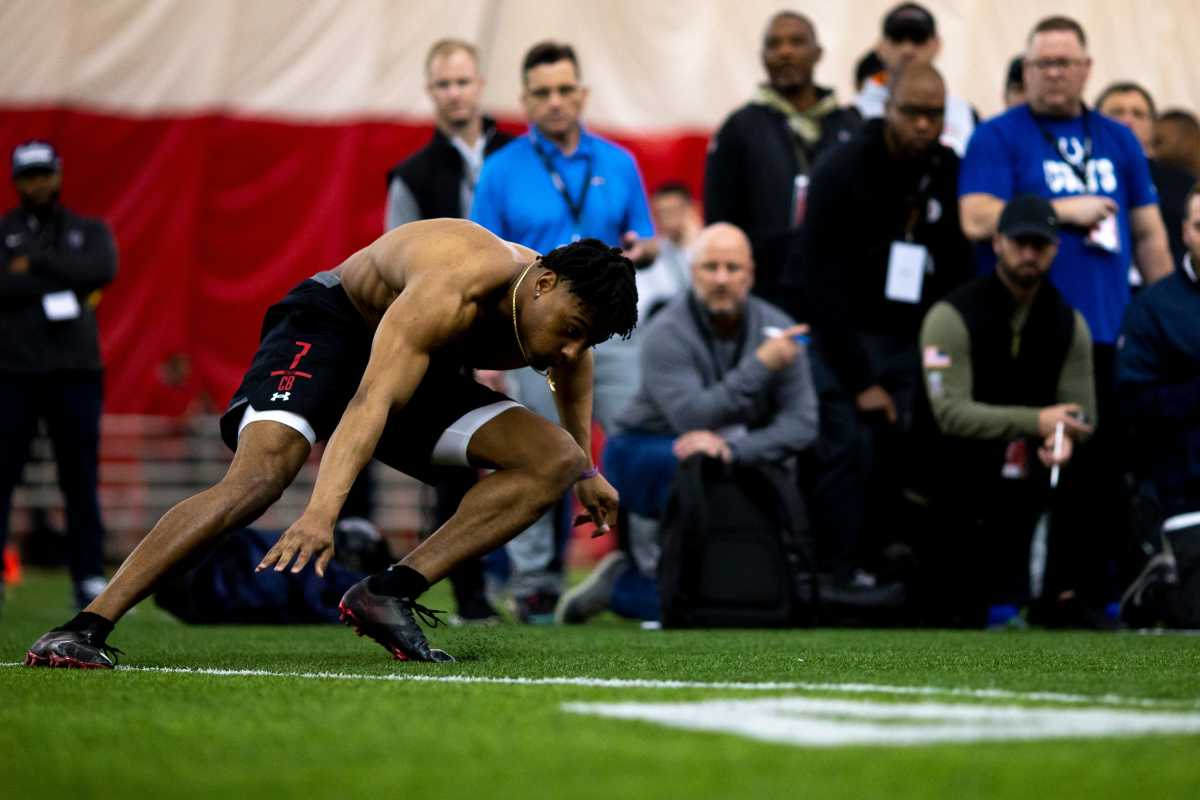
- 6-foot-13/8
- 193 pounds
- 305/8-inch arms
- 4.54s 40-yard dash (28th percentile) (4.47s at pro day)
- 1.54s 10-yard split (57th percentile)
- 17 bench press reps (73rd percentile)
- 33-inch vertical jump (PD)
- 122-inch broad jump (PD)
- 4.33s short shuttle (PD)
- 7.31s 3-cone (PD)
Bryant is clearly a tape/competitiveness over testing selection. This represents a departure from previous Seattle day three drafting trends. Karl Scott’s phone conversation with the Cincinnati product suggests the Seattle defensive backs coach was a big fan of Bryant’s game. At over 6-foot-1, the 2021 Jim Thorpe Award winner doesn’t really fit the Seahawks’ smaller cornerback mold established in recent years. In fact, Bryant is the worst testing short-armed cornerback Seattle has ever taken.
There are two similar past athletic fits. First is Linden Stephens, a 2018 undrafted free agent who spent parts of 2019 and 2020 in Seattle.
Second is another former Cincinnati defensive back: Mike Tyson. Seattle drafted Tyson in the sixth round of the 2017 NFL Draft. He was cut the following season and flirted with the safety position, most recently playing in the CFL for the Toronto Argonauts in 2021.
Round 5, Pick No. 153: Tariq Woolen, CB, UTSA
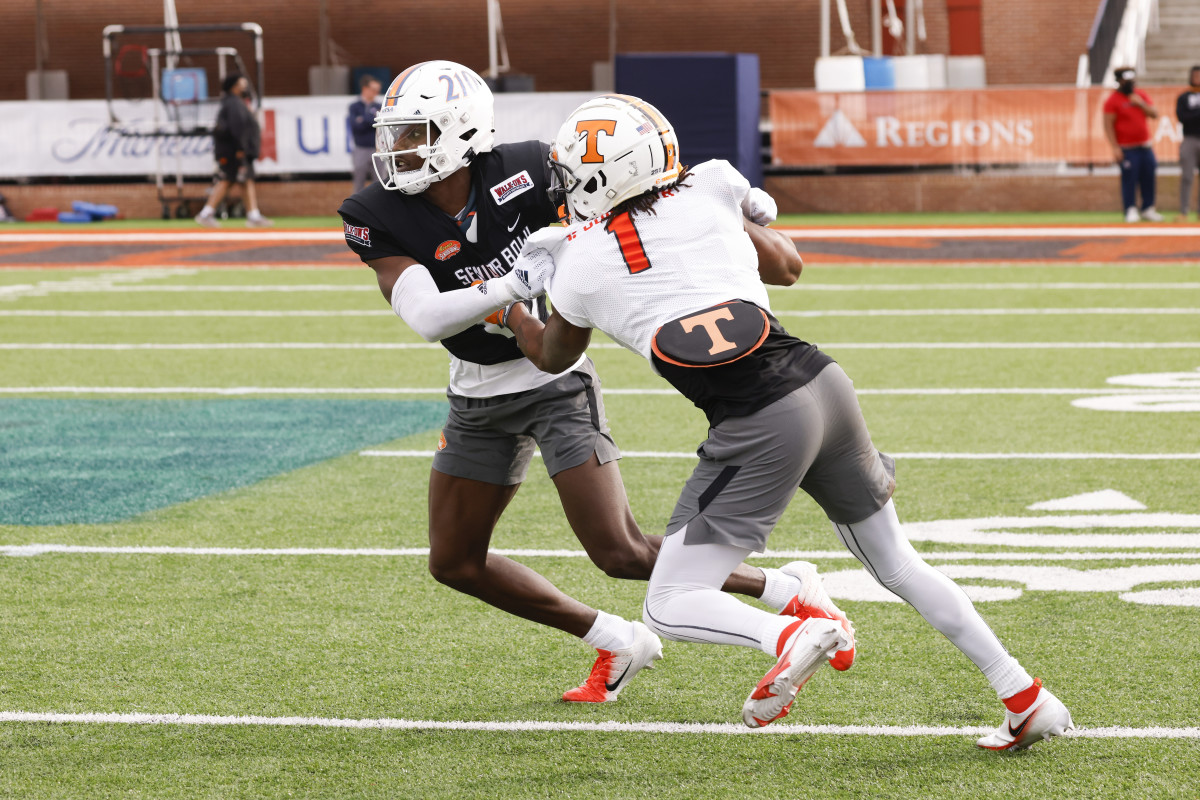
- 6-foot-41/8
- 205 pounds
- 335/8-inch arms
- 4.26s 40-yard dash (99th percentile)
- 1.49s 10-yard split (92nd percentile)
- 42-inch vertical jump (97th percentile)
- 131-inch broad (PD)
- 4.30s short shuttle (PD)
- 7.10s 3-cone (PD)
- 12 bench press reps (PD)
Conversely, Woolen absolutely smashed his testing and harkens back to the days of Seattle’s long cornerback mold, where the team never drafted a corner with arms shorter than 32 inches. Woolen, though, is a completely different level of athlete, even with his lesser agility times. The fact that the wide receiver convert lasted into the fifth round reflects his raw technique on tape and the improvements he must make as a football player.
Tariq Woolen was drafted with pick 153 of round 5 in the 2022 draft class. He scored a 9.71 RAS out of a possible 10.00. This ranked 60 out of 2001 CB from 1987 to 2022. https://t.co/yJUs24vfYD #RAS #Seahawks pic.twitter.com/BinhymTEGO
— Kent Lee Platte (@MathBomb) April 30, 2022
Round 5, Pick No. 158: Tyreke Smith, EDGE, Ohio State
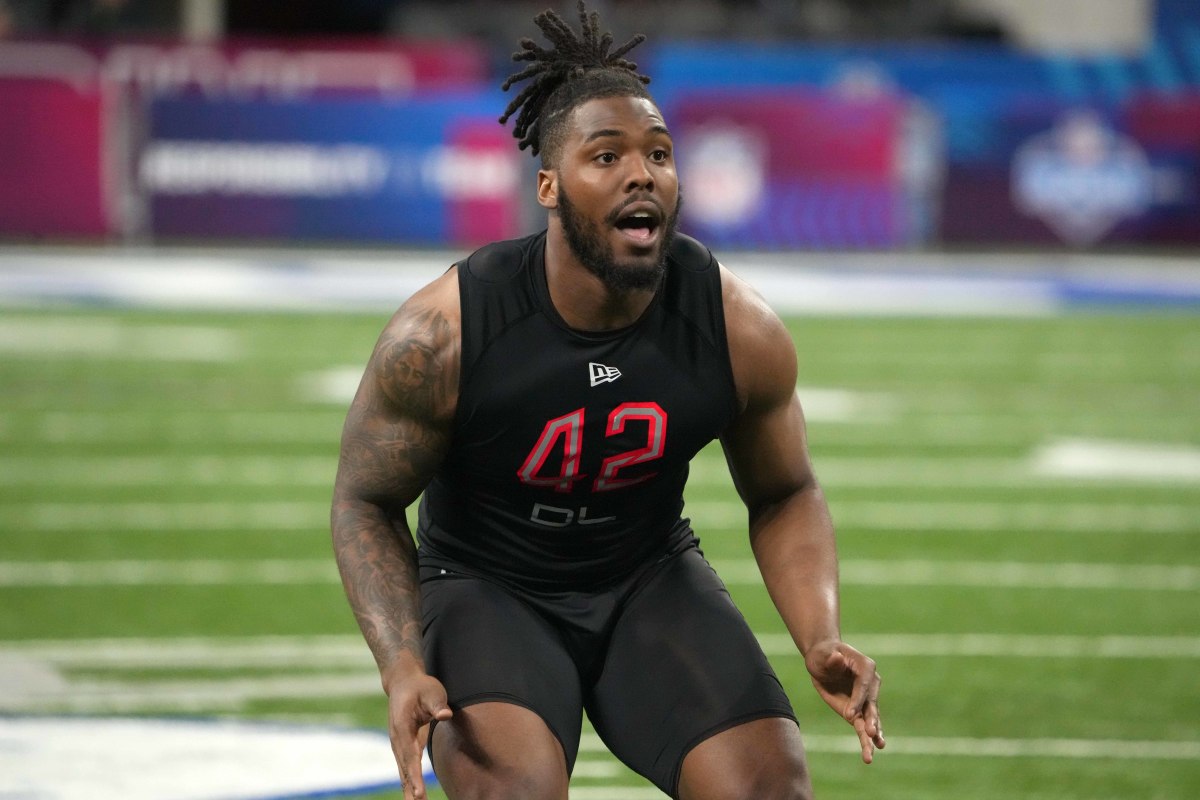
- 6-foot-33/8
- 254 pounds
- 33¼-inch arms
- 4.86s 40-yard dash (39th percentile)
- 1.65s 10-yard split (45th percentile)
- 34-inch vertical jump (60th percentile)
- 117-inch broad jump (59th percentile)
- 4.26s short shuttle (PD)
- 7.06s 3-cone (PD)
Smith would have made the ideal EDGE testing profile articles if his 40-yard dash had been quicker. Yet a slower 40 is far less of an issue for a pass rusher, especially when his 10-yard-split landed in the mid 1.6-second range. It may lead Seattle to caution over Smith’s coverage ability, though his pro day agility times were excellent.
Smith’s size reinforces the lightness which the Seahawks are going to be playing with on the edge compared to previous years, as they lean further into running their multiple defense with 3-4 personnel out on the field. Mafe is the heaviest of Seattle's new pass rushers. The heaviest on the roster overall is Darrell Taylor at 267 pounds, although we can expect him to slim down. Meanwhile, the 275-pound or heavier edge presences of Carlos Dunlap, Rasheem Green and Kerry Hyder Jr. have departed. The old SAM linebacker and LEO defensive end positions have blurred into a left and right thinking for the majority of snaps.
Round 7, Pick No. 229: Bo Melton, WR, Rutgers
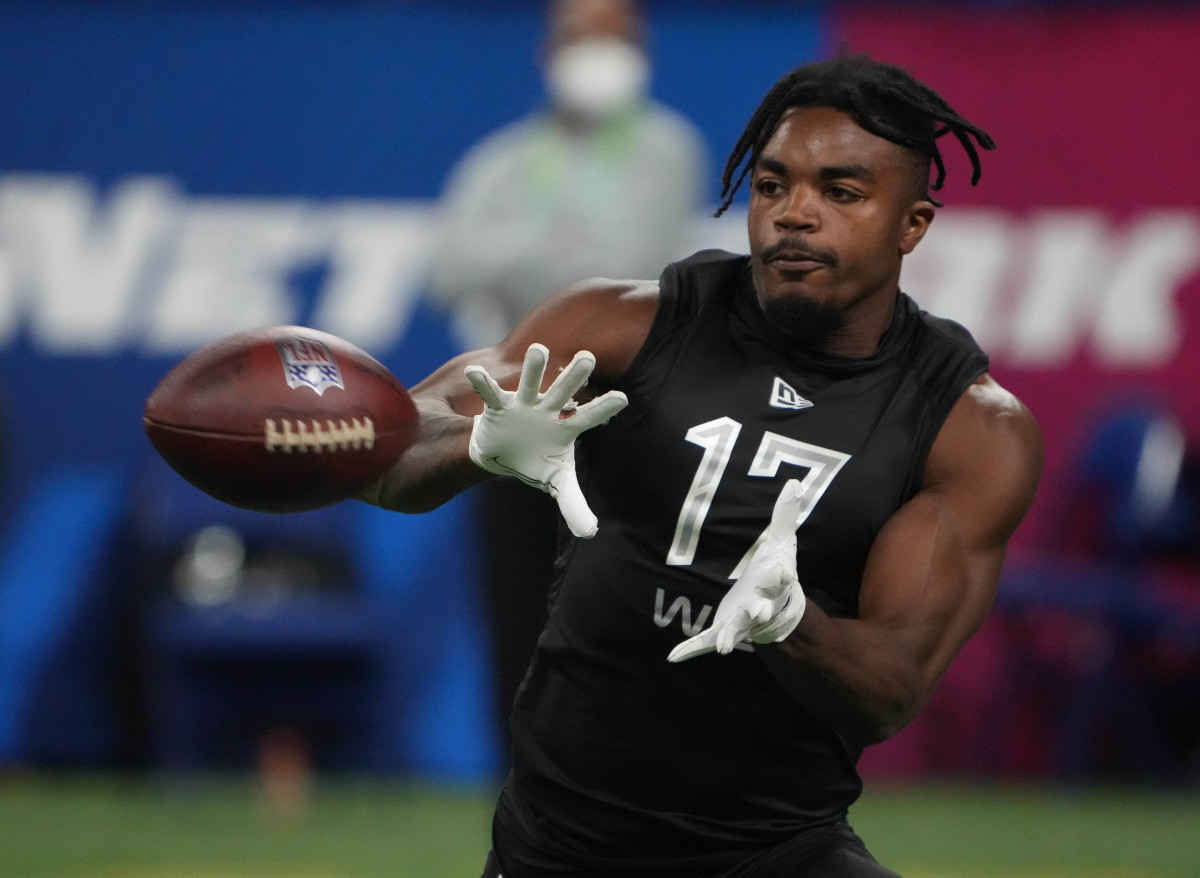
- 5-foot-11
- 189 pounds
- 4.34s 40-yard dash (94th percentile)
- 1.5s 10-yard split (88th percentile)
- 38-inch vertical jump (80th percentile)
- 121-inch broad jump (52nd percentile)
- 6.98s 3-cone (47th percentile) (6.81s at pro day)
- 4.10s short shuttle (PD)
- 18 bench press reps (PD)
The Seahawks’ pick of Bo Melton gives them the quickest agility times at receiver since they drafted John Ursua in the seventh round of the 2019 draft. However, Melton appears to be a more athletic Tyler Lockett mirror pick. Lockett, of course, was a more polished receiver coming out tape-wise, hence the Rutgers man going right before undrafted free agency rather than the third round.
Bo Melton the #Seahawks' more athletic, less polished Tyler Lockett mirror pic.twitter.com/cqQ1eQUMim
— Under Zone X (Frisco)/Phoenix Check/Stick Slasher2 (@mattyfbrown) May 4, 2022
Round 7, Pick No. 233: Dareke Young, WR, Lenoir-Rhyne
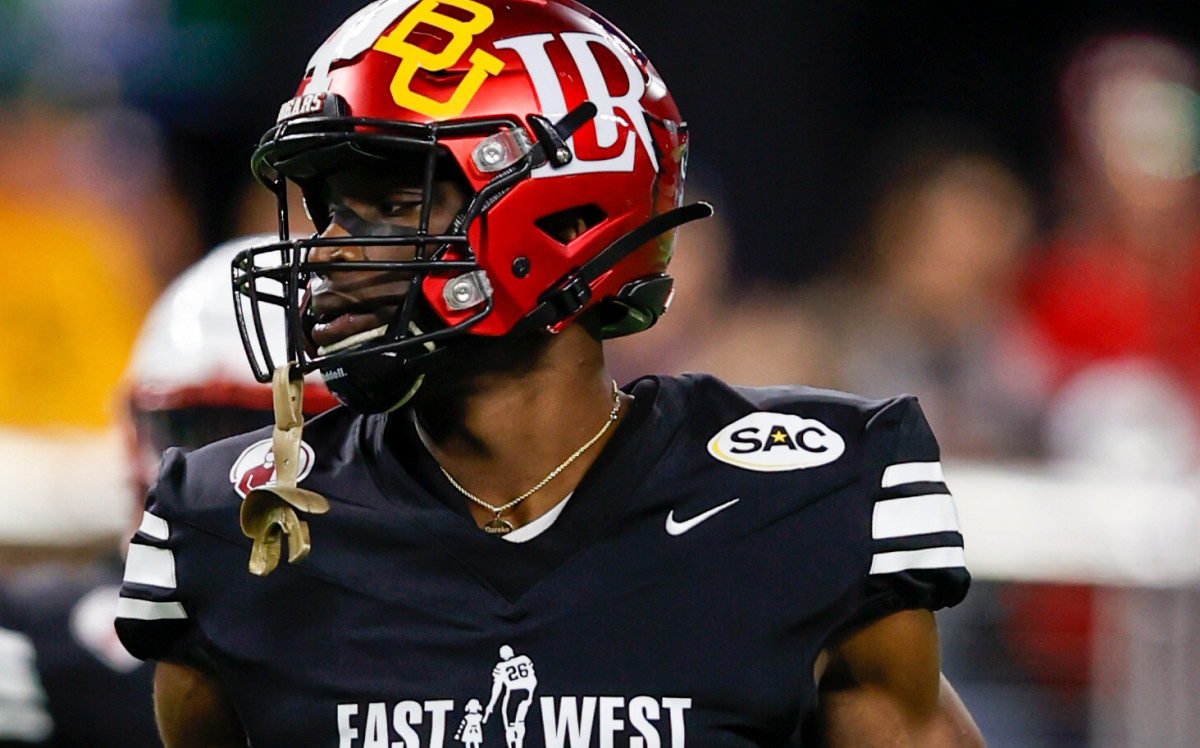
- 6-foot-2
- 220 pounds (PD)
- 4.47s 40-yard dash (PD)
- 1.57s 10-yard split (PD)
- 7.02s 3-cone (PD)
- 4.19s short shuttle (PD)
- 37-inch vertical jump (PD
- 132-inch broad jump (PD)
If Melton was a Lockett copypasta, it appears Dareke Young—out of Division II Lenoir-Rhyne—looks very similar testing-wise to DK Metcalf’s 2019 combine.
Wondering if the #Seahawks just went mirror mirror athletic profile-wise in the seventh round at wide receiver... DK Metcalf compared to Dareke Young is another interesting one pic.twitter.com/rKpRl9Httt
— Under Zone X (Frisco)/Phoenix Check/Stick Slasher2 (@mattyfbrown) May 4, 2022
Combine figures and percentile figures from MockDraftable.
Pro Day figures from Dane Brugler’s “The Beast” 2022 NFL Draft guide, found at The Athletic.
